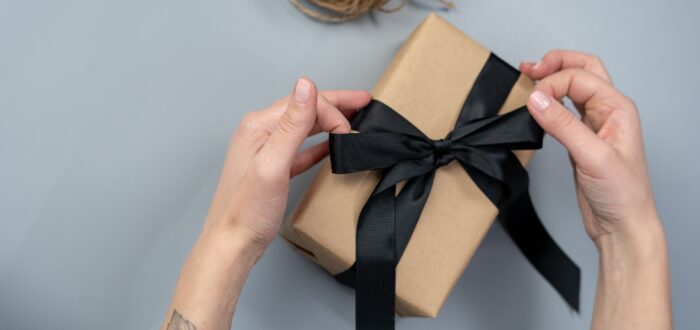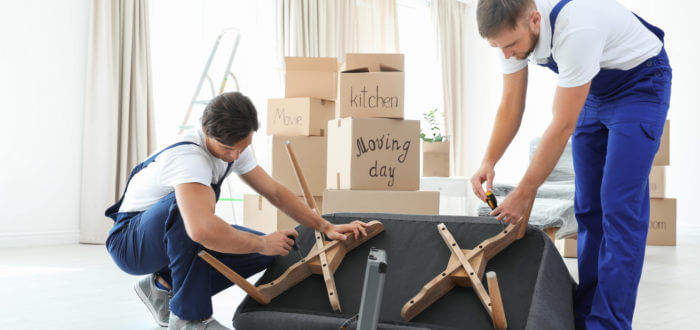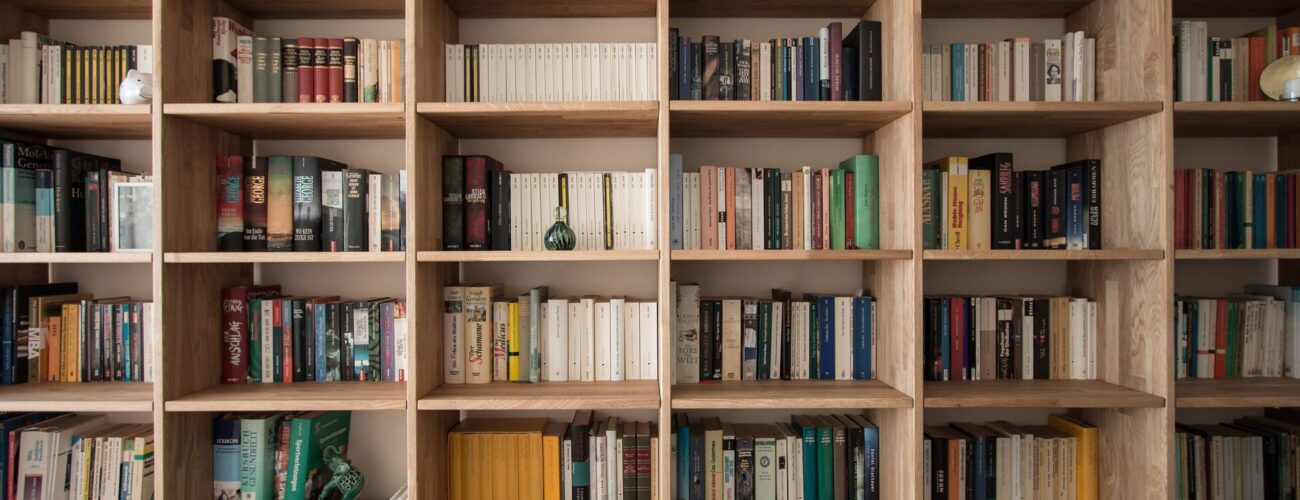

Easy Steps to Pack a Bookshelf for Your Move
Posted in How-to,Moving Tips & Tricks on November 21, 2023
Ready to relocate but dreading the thought of how to pack a bookshelf? Worry not, we are here to make this a journey straight out of fairytales! Let us guide you through a spellbinding boxing-up process that’s as easy as flipping through your favorite novel. Let’s turn the stress of moving across the country into an organized, page-turning adventure.
When preparing and boxing up a bookshelf for a relocation, start by gathering all the necessary supplies and downsize for the relocation. Take out all the removable parts and clean and dry them before wrapping them for the road ahead. Tape all the drawers, secure the frame, and store all the small parts separately. If you find all this overwhelming, consider booking professionals for the job.
What Is the Average Price of a Bookshelf in the US?
The cost of a bookshelf hinges on whether it’s a ready-to-install model or a custom-built piece. Material quality also plays a pivotal role in pricing, reflecting the craftsmanship and durability of the shelving. You can find ready-to-install units at local hardware stores, with prices beginning around $150 for each linear foot. Built-in shelves typically range from $150 to $1,200 per linear foot. If you’re considering full-wall bookshelves, you’re looking at an investment between $5,000 to $14,000 overall.
Why Properly Packing a Bookshelf Matters
Properly preparing and boxing up a bookshelf ensures that it remains intact throughout this journey. Good prep also streamlines and makes the relocation process efficient. It’s also making it easier to unpack and organize after reaching the new location.
Protect Books for Easier Handling
Books deserve a smooth transition to their new home. Whether it’s a dog-eared favorite that’s traveled with you through life’s ups and downs or a pristine hardback that’s yet to be cracked open, each item holds value.
By properly protecting them for transportation, you prevent bent pages, broken bindings, and lost works. Good packing also means easier handling. Well-protected and packed books are less likely to slip out or become unwieldy. This is also reducing the risk of drops or damage during loading and unloading.
Check this video below for some long-distance moving tips and tricks.
Good and Efficient Packaging Will Make Transportation a Breeze
You should know that efficient packing is the secret ingredient to a stress-free relocation. When books are packed well, they fit neatly into boxes, which can then be stacked securely in the back of a relocation truck. This not only makes the best use of space but also ensures that the weight is distributed evenly.
Properly packaged bookshelves lead to easier transportation and less worry about potential damage en route. Imagine opening the trailer’s doors to find your literary goods just as you left them – organized, secure, and ready to fill the shelves once again. That’s the peace of mind a good boxing-up session can bring.

Step 1 – Gather Everything You’ll Need to Pack a Bookshelf
Before you start boxing up possessions left and right, the first step is to collect all the necessary supplies and tools for the job. Try to gather these essentials ahead of time and in sufficient quantities. This will help you avoid any last-minute scrambles.
A safe transit of the bookshelf requires robust boxing-up supplies, a little bit of know-how, and a touch of organization. Having these at the ready will make the entire process so much smoother.
High-Quality Packing Materials Are Important for Fending the Bookshelf Throughout Transportation
High-quality supplies are key to every successful relocation. These materials are the first line of defense against the bumps and scrapes that come with transportation. They’ll help prevent scratches, dents, and other damage to the bookshelf itself.
So, investing in the best packing supplies you can find is crucial. They provide the security and stability every large item needs to endure the rigors of moving. This will help it arrive in pristine condition, ready to be a centerpiece in the newly-furnished living room.
Here’s a list of different packing materials needed for the safe relocation process:
- Durable boxes in different sizes for small parts, decorations, and books,
- Strong duct tape to secure the wrapping, crates, and any dismantled parts,
- Bubble wrap or packing paper to protect delicate areas and surfaces,
- Marker pens for labeling boxes, components, and hardware,
- Stretch plastic wrap to keep doors and drawers in place,
- Furniture blankets or pads to wrap the bookshelf and protect its finish and edges,
- A dolly or hand truck to help with moving the bookshelf to the relocation vehicle.
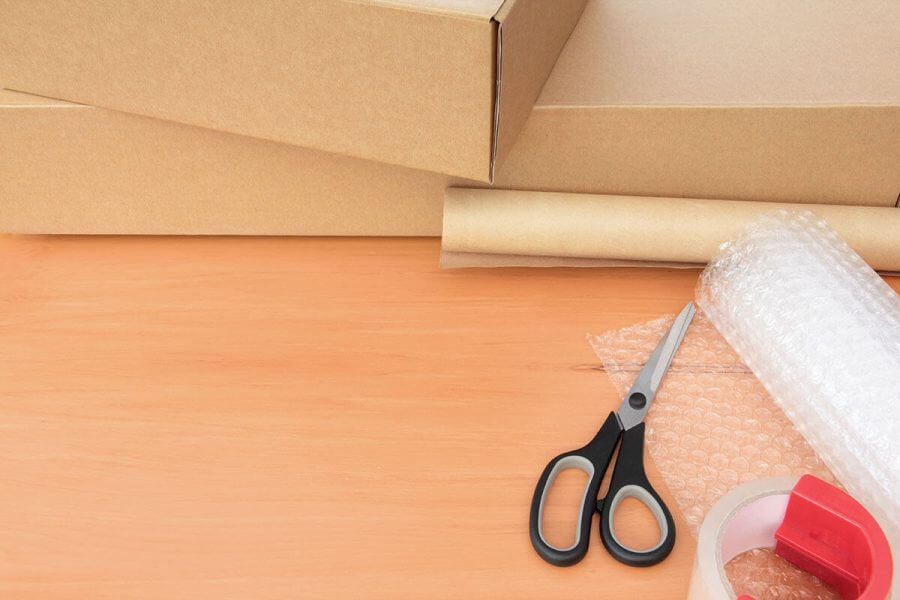
Step 2 – Downsize for the Move by Sorting Through the Book Collection
Sorting through the bookshelf not only lightens the load but also gives you a moment to reconnect with your books. This process is all about making decisions on what to keep, donate, or sell.
It will also ensure that after relocation, your bookshelf reflects the most cherished and insightful titles. The act of downsizing will make the relocation more manageable and even save you some money.
Sort Them by Size and Weight Now for Easier Packing Latter
Large, heavy books should be packed together in smaller boxes to keep the weight manageable. On the other hand, lighter, smaller items can fill larger boxes without making them too heavy to lift.
By doing so, you will have uniform and stable boxes that are easier to stack and transport. This will also ensure that the moving day runs like clockwork.
Pay Attention to Delicate Decoration Pieces and Special Editions
Special editions are the gems of any collection. These items often carry more than just aesthetic value. They may be unique artifacts or collector’s items that cannot be easily replaced. Wrapping them with additional padding, perhaps in bubble wrap or soft tissue, is vital.
For fragile items or valuable decorations, consider hard-shell cases or customized packaging solutions. This level of care will ensure these treasures arrive safely, maintaining their condition and sentimental value.
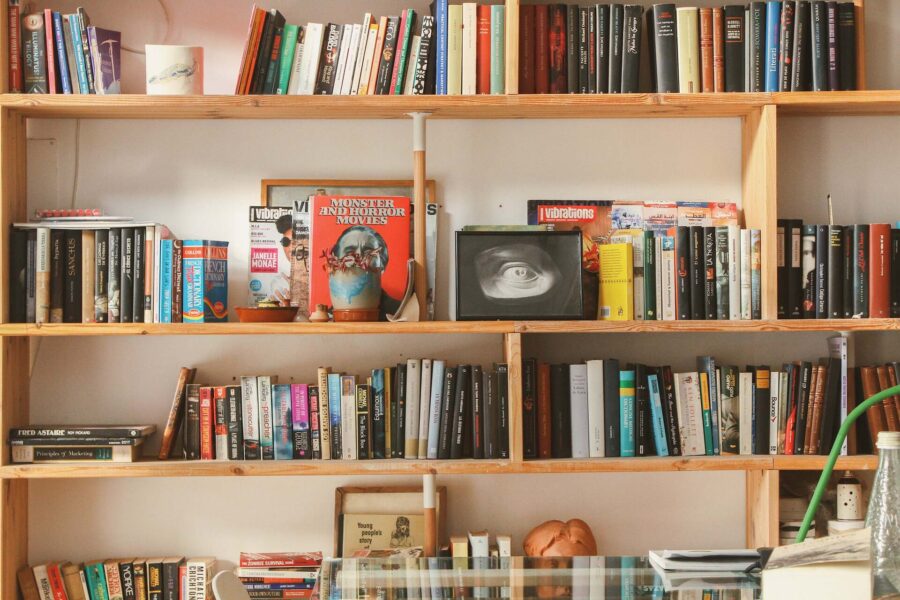
Step 3 – Take Out All the Removable Shelves and Dust Them
Initiating packing with a clean slate is paramount. This stage begins with dusting all the removable parts. It’s not just about tidiness, however. It’s about ensuring that when you reassemble the piece, you’re not unpacking accumulated dust and grime as well. This step is about fresh starts and cleanliness. Setting the stage for a well-maintained and inviting new space.
Air Dry Shelves to Avoid Molding
After cleaning the shelves, allow them to air dry completely. This is a crucial step to prevent any moisture from becoming trapped. Skipping this can lead to mold or mildew forming during transportation or storage.
Store All the Bolts, Holders, and Screws in a Labeled Bag or Small Container
The small components such as bolts, holders, and screws are the unsung heroes that keep the piece standing strong. During the relocation hustle and bustle, these tiny but essential pieces can easily get lost.
To prevent this, secure all hardware in a clearly labeled bag or small container. This simple organization tactic pays dividends during reassembly. It also makes the process straightforward and ensures that no critical pieces go missing.
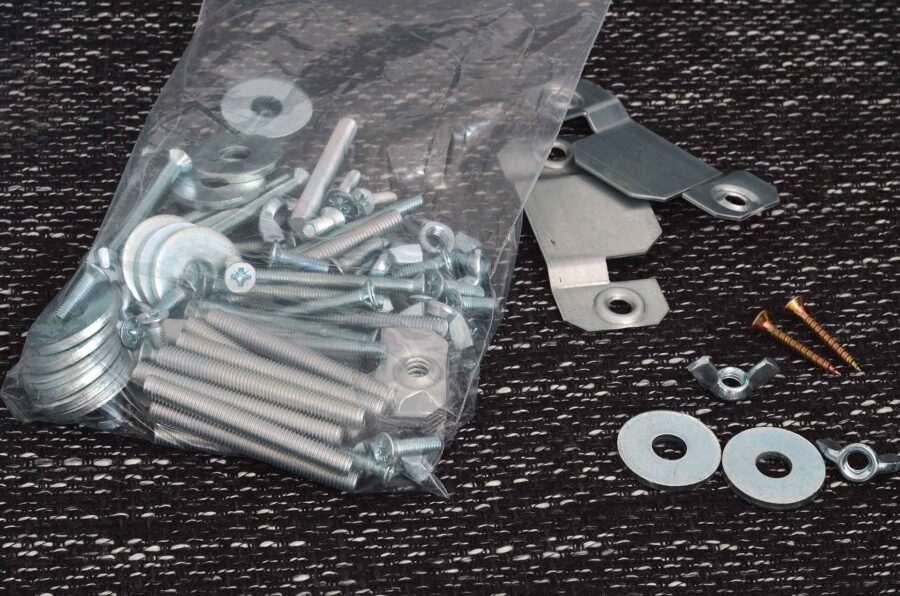
Step 4 – The Glorious Boxing-Up Process
Adhering to a structured packing process is the cornerstone of a seamless move. By following these instructions, you ensure that every part of the bookshelf is adequately protected against the rigors of transit.
Wrap Each Shelf Individually
Treat each shelf like a precious commodity by wrapping them individually. This personal touch prevents scratches and other damage during the move. Use soft packing materials or bubble wrap to envelop each shelf, ensuring they are snug and secure.
If the Bookshelf Has Doors or Drawers, Tape Them and Secure Them Accordingly
For bookshelves with doors or drawers, it’s vital to prevent them from swinging open or sliding out during handling. Secure these elements with tape that won’t damage the finish, ensuring they stay in place.
Consider adding an extra layer of protection by wrapping the doors or drawers with padding. However, you can utilize drawers as added storage for some lighter items or important documents.
Wrap and Cushion the Frame Properly
The bookshelf’s frame bears the brunt of the journey, so wrapping and cushioning it is essential. Use furniture blankets or moving pads to cover the entire frame.
Secure the padding with stretch wrap to protect against dents, scratches, and chips. For added protection, tape the edges of a wrap to keep cushioning in place.
Secure the Boxes With Smaller Parts
When it comes to the boxes containing smaller parts, reinforce them with high-quality tape. Ensure the bottom of each box is reinforced and padded, to handle the weight of the contents. Make sure that the top of each crate is flat and seal it up to prevent spilling.
Label Everything for Easier Reassembly
Labeling is the final, crucial step in the packing process. Clear and detailed relocation labels not only simplify the process of finding what you need when you arrive. It also facilitates easier reassembly of the bookshelf.
Mark each box and piece with its contents and which part of the bookshelf it belongs to. Your future self will thank you when putting everything back together is as easy as following a map.
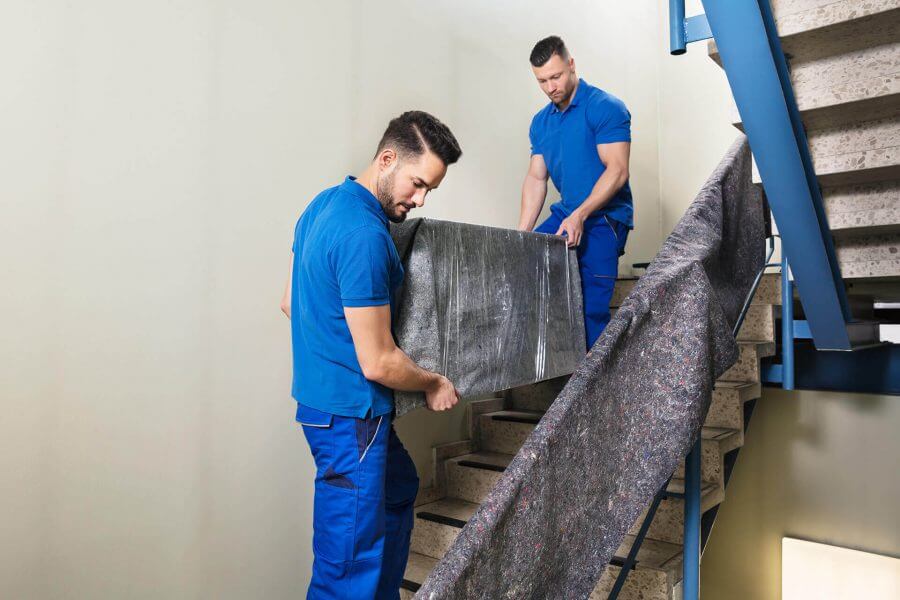
If You Find This Too Much to Handle Yourself, Hire Cross Country Movers to Do It for You
If you find the prospect of boxing up and relocating overwhelming, consider enlisting the help of professional long-distance movers. Every relocation requires detailed planning and a tactical approach. But if you’re not an experienced mover, the complexity of the task can be daunting.
At Cross Country Movers company, we are proud to say that our expert team is well-versed in handling all the intricacies of long-distance relocations. With our comprehensive cross-country moving services, which include expert packing services, we’re equipped to take the weight off your shoulders. Book our professional crew on time, and rest easy knowing that your treasured bookshelf is in capable hands.
FAQ
Do I Need to Disassemble My Bookshelf for Moving?
Disassembly isn’t always mandatory, but it is highly recommended, especially for larger objects. Breaking down the item into smaller, more manageable pieces can protect it from damage and make the move safer and more efficient.
Can I Keep Some Books on the Bookshelf While Moving It?
It’s best to remove all items. Leaving objects on it can cause shifting and increase the risk of damage to both the items and the object itself during transit.
How Do I Secure a Tall Bookshelf for a Move?
Secure a tall object by first anchoring it to the moving truck. Wrap it in moving blankets and use straps to stabilize it, ensuring it won’t tip over or sway.
What Should I Do if I Don’t Have Original Bookshelf Assembly Instructions?
Take photos and notes as you disassemble to guide you during reassembly. Additionally, you can often find instruction manuals online by searching for the manufacturer and model.



